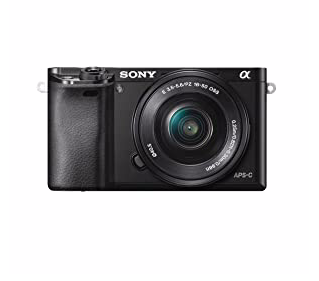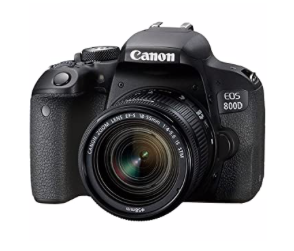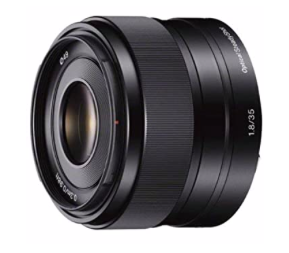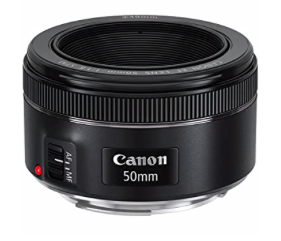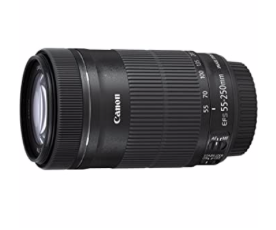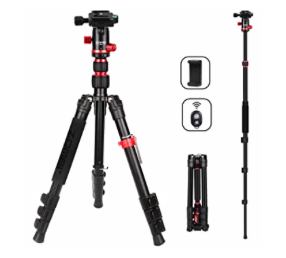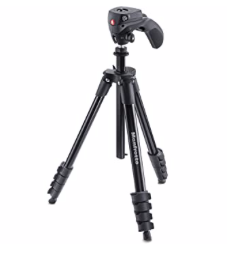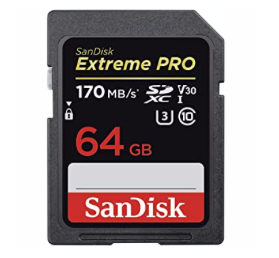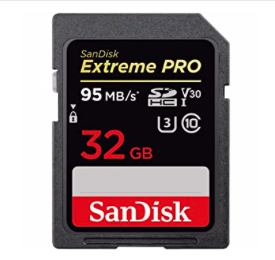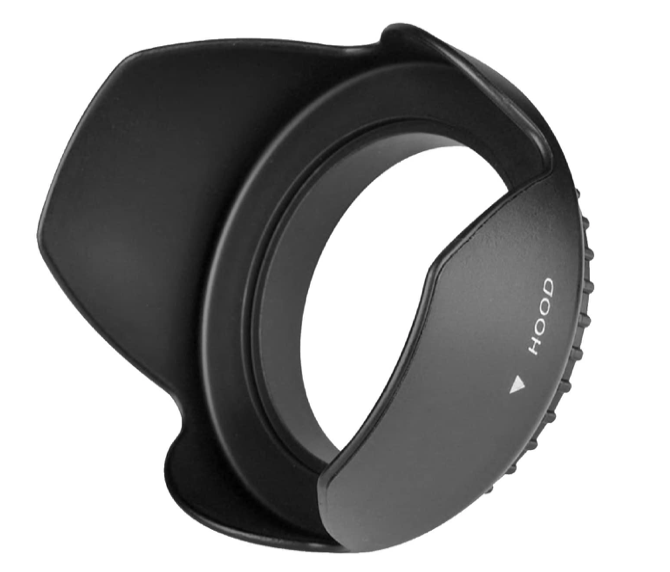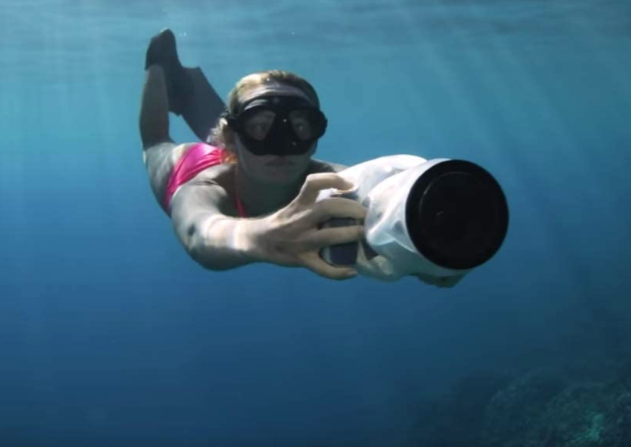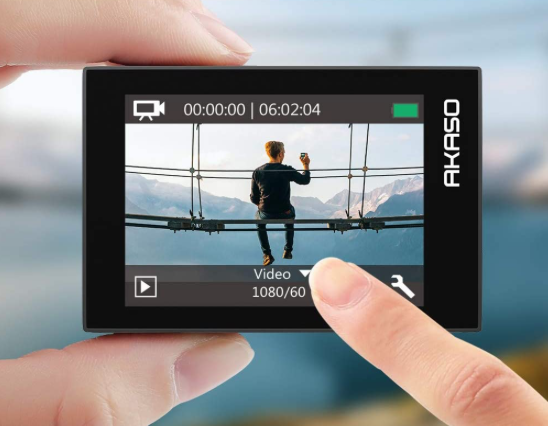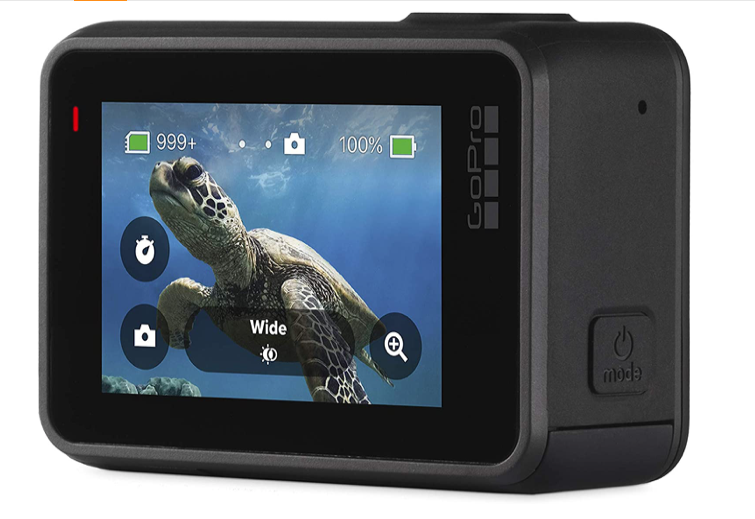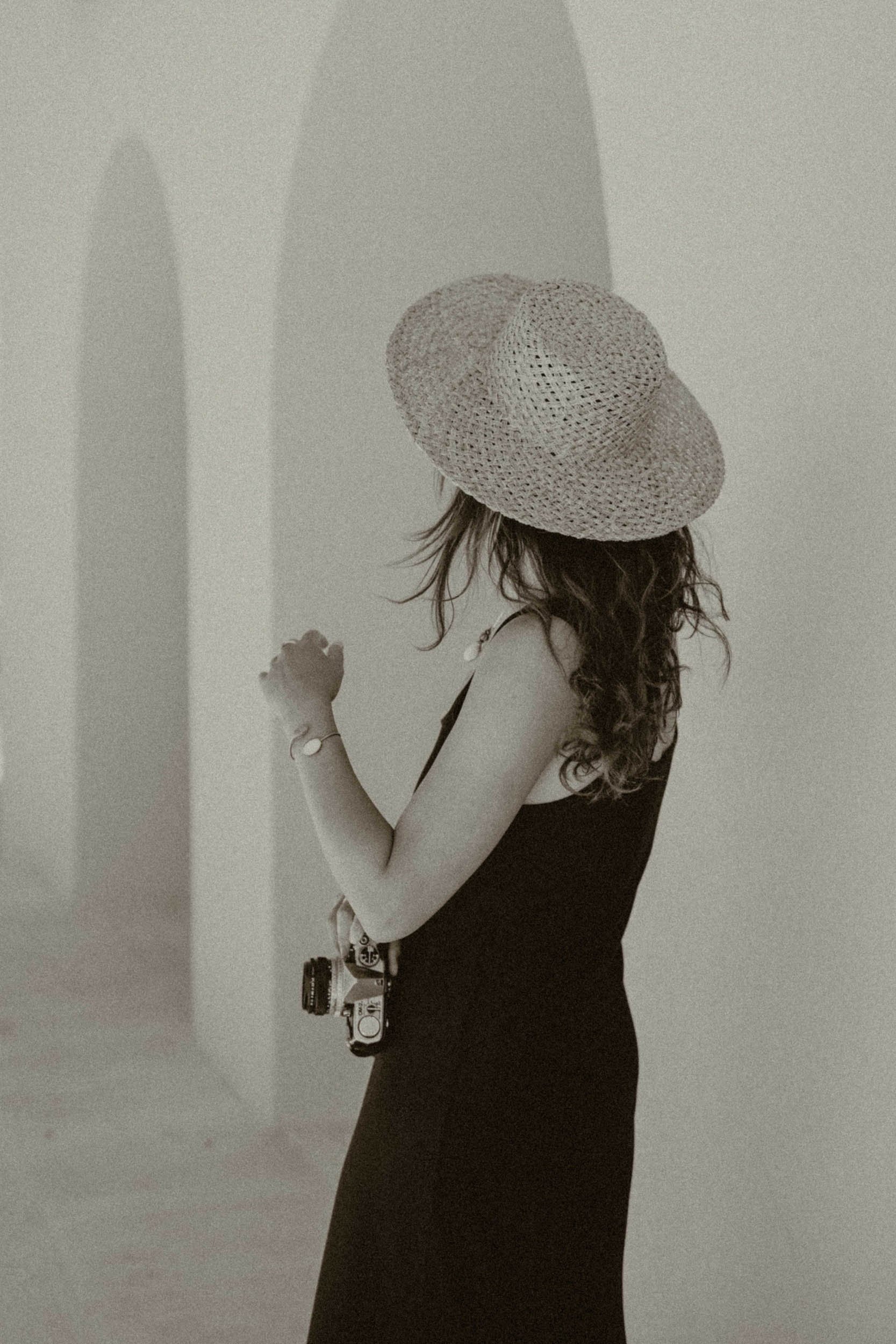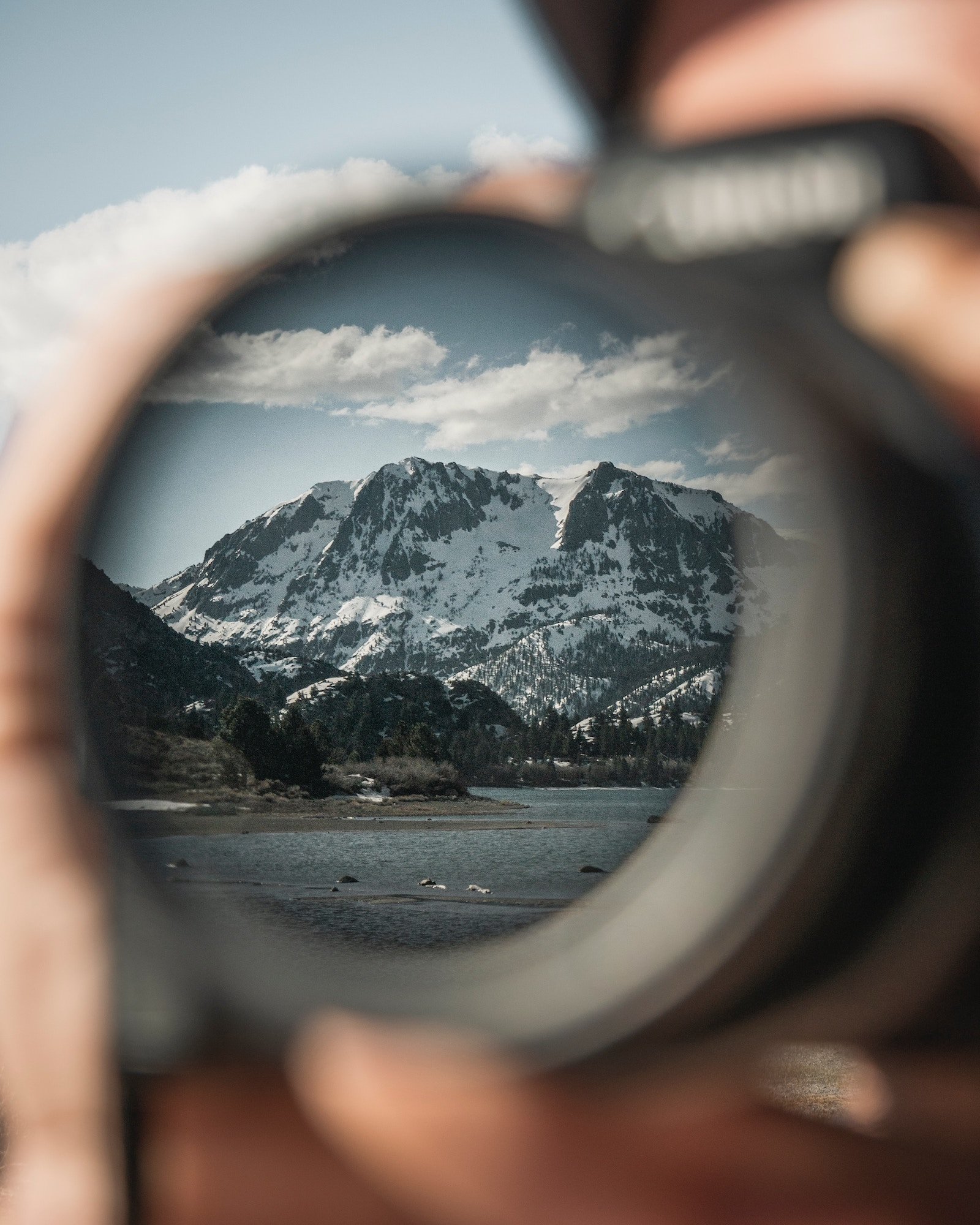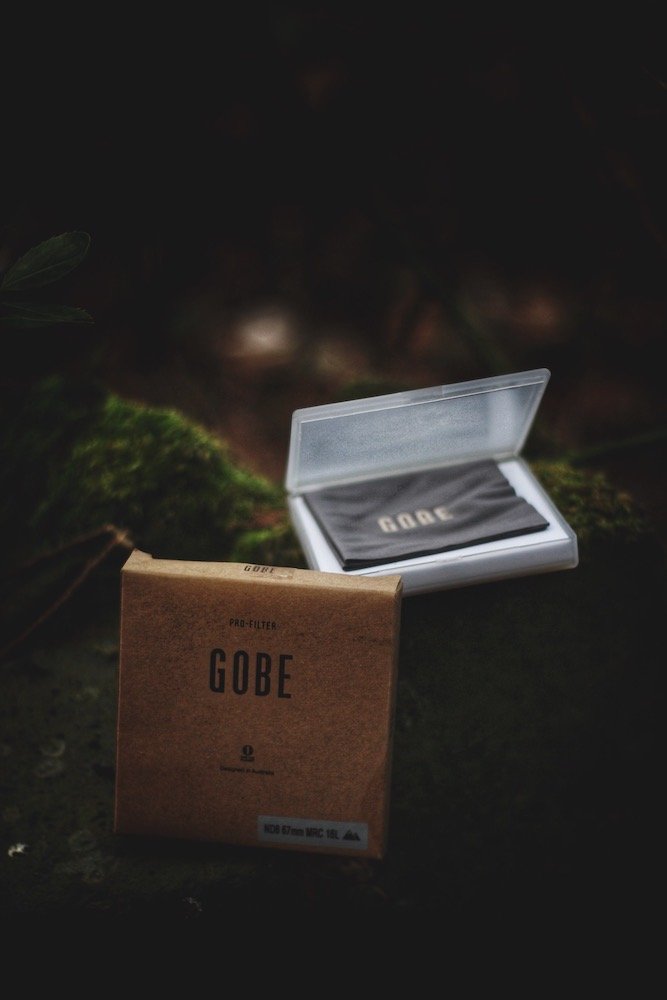9 Photography Gear and Equipment you should invest in for long term travel (Sony Alpha or Canon DSLR)
Going on exchange to Europe? Or perhaps you're finally going on that 6 month long backpacking trip to South America? Or maybe you're about to go Work and Travel for a year in New Zealand?
These are all super exciting experiences and no doubt you'll want to capture all these wonderful memories. But you currently only have a smart phone for a camera, or perhaps a super heavy (and old) DSLR camera model with respectively heavy lenses - am I right?
You've finally decided it's time to invest in proper photography gear and equipment because this is a trip of a lifetime and you're not about to let bad quality photos ruin those special moments you so desperately wish to have a physically recollection of.
In this article, I'm going to share with you the 9 most essential photography items that I've had with me in the last 4 years of work and travelling as a freelance photographer.
CONTENT
Lightweight Camera: Mirrorless vs DSLR
Best lenses for Portraits and Street Photography
Best lenses for Nature and Outdoor Photography
Lightweight Tripod
Variable ND Filters
Extra Batteries - at least 3 batteries
Extra SD Cards - at least 128 GB in total
Lens Cleaning Pen
Lens Hood
1. Lightweight Camera: Mirrorless vs DSLR
My first camera was a Canon 700D DSLR, which I travelled with for a good 2 years. But it would take up HALF of my backpack with its large bulky body (not to mention, heavy) and the 2-3 other lenses I would bring with me.
While I loved my Canon, I also loved travelling light and doing various outdoor sports - so I knew that I needed a lighter camera model. That's when the mirrorless Sony Alpha 6000 joined my camera kit and it was the PERFECT lightweight, yet powerful camera for adventures.
I could easily hike up a mountain with it, strapped around my body. I could even stow it away in my handbag when wandering city streets. In terms of weight and performance (and value for money), the mirrorless Sony would be my pick.
You can find them here:
Sony Alpha 6000
Newer model of the Canon 700D
2. Best lenses for Portraits and Street Photography
Oh without a doubt, Prime Lenses are the way to go! If you've ever wondered how photographers get that soft creamy bokeh behind a crisp-focused subject, then here's the secret revealed.
Most Prime lenses are super lightweight and extremely high quality due to their fixed focal point. If you've never heard of them before, then here's what you need to know about Prime lenses.
I shoot primarily with my Sony 35mm Prime lens and this is the only lens I shoot with 95% of the time. I love it SO much because it takes incredibly sharp photos and captures so much detail.
My first Prime lens was a Canon 50mm and it took some fantastic photos too, but I often found it too close to the subject. I personally prefer the 35mm perspective.
You can get them here:
Sony 35mm Prime Lens
Canon 50mm Prime Lens
3. Best lenses for Nature and Outdoor Photography
If you're more into capturing expansive landscapes or night photography (ie. the Milky Way or the Aurora), then a wide-angled lens is perfect. While I don't shoot much interior photography, this is also the lens that allows interior photographers to capture more of the room than any other lens.
I used to shoot a lot with my Canon 10-18mm Wide Angle Lens ... it was actually one of my favourites until a little accident causes the edges of every photo to blur. Since then, I haven't bought another one, but I also don't feel a strong need for one at the moment.
You can get it here:
Canon 10-18mm Wide Angle Lens
On the other hand, if you're going on a safari or any place with exotic wildlife, then a telephoto lens will be the deciding factor between you getting that crisp focused shot or a post-zoomed blurry dot.
Since I don't often find myself in situations where I need a telephoto lens, I don't currently have one. My first Canon 55-250mm lens was so incredibly big and heavy that it really put me off. However, the Sony 55-210mm lens is much smaller and lighter.
You can get them here:
Sony E 55-210mm Zoom Lens
Canon 55-250mm Zoom Lens
4. Lightweight Tripod
Ever wondered how photographers make waterfalls look so smooth and silky? Or maybe you're wondering how you can capture a dancing aurora or the Milky Way on your next trip? Well, none of it would be possible without a tripod!
My first tripod was a Manfrotto Tripod - excellent quality and super sturdy... but unfortunately, also extremely heavy. I often left it behind because I didn't want to carry that extra weight around.
In the end, I bought a new lightweight tripod and since it's so much lighter, I don't mind carrying it around with me - which ultimately means, I am able to take more creative long exposure shots.
You can get them here:
Manfrotto Tripod
The Lightweight Tripod I Recommend
5. Neutral Density - ND Filters
If there's one filter you invest in, let it be a variable ND filter! More precisely an ND8-128 Variable ND Filter. Being able to quickly turn the filter ring and adjust to your surroundings saves me SO much time. I no longer have to pause, unscrew an ND8 filter and pop on a new ND 64 filter.
Not sure what the big fuss is about? Then let me enlighten you my friend, to the world of long exposures, silky waterfalls, and shooting portrait at f/1.8 in broad daylight!
If you're confused between all the different camera filters out there - then you're gonna love this article where I compare UV filters, CPL filters and ND filters + visually show you the difference each one makes.
My all-time favourite ND filter: GOBE ND8-128 Variable ND Filter
6. Extra Batteries - at least 3 batteries
There is nothing more soul crushing than having your camera die on you while witnessing a spectacular moment and wishing to capture it. We've all been there.
That's why I highly suggest having at least 3 batteries. I started off with 2, but quickly found that it wasn't enough on my big shoot days or when I went for long periods of time (eg. camping) without somewhere to recharge my electronics.
Having 3 means there is ALWAYS an extra backup and I can go out with greater pieces of mind, without worrying about 'conserving' my shots for batteries sake.
Here's the extra double battery + charger for my Sony Alpha 6000
7. Extra SD Cards - at least 128 GB in total
Please don't put all your eggs in one basket here! I would highly recommend you have at least 2 SD cards, just in case one breaks, gets misplaced, or fills up before you've had the chance to save them on your laptop (or back them up).
Realistically, 2x 64 GB high speed SD cards should be fine - maybe an extra 32 GB for safety measures. However, I normally carry around 4-5 SD cards:
2x 64GB high speed
2x 32 GB
1x 16 GB for serious back up.
Are high speed SD cards important? Yes and no. If you'll be taking lots of photos consecutively (ie. moving portraits, wildlife or video) - then yes, having a higher speed will make a difference.
Slower SD cards mean that you will have to wait longer between each shot while it processes the photo.
Here are the SD cards I recommend:
SanDisk 64GB at 170MB/S
SanDisk 32GB at 90MB/S
8. Lens Cleaning Pen
These tiny little cleaning pens are indispensable to your camera kit. They magically clean away any dirt, dust or spots from ocean sprays in seconds! Mine has lasted me years of light-medium usage, so considering the prices (roughly $8-12) it's so worth it!
You can get it here: Nikon Lens Cleaning Pen
9. Lens Hood
The main purpose of lens hoods is to prevent the harsh sunlight glare, beam or haze - which you get if you're shooting on a sunny day. Before the days of Lens Hood, people had to cover their camera with one hand, while shooting with the other.
Second purpose of lens hoods (and this is especially true for me), is for protective purposes! If you're in a city with lots of people or hiking in a rocky area, then it's a good idea to have that extra layer of protection! They are incredibly cheap and come in different forms.
Note that the hood fits to your lens and not your camera - so if you have various thread sizes, then choose the lens with the biggest thread size (eg. 67mm) and then buy step down rings for the rest (ie. 67mm to 58mm).
Here's the one I have: Lens Hood for Sony Alpha 49mm Thread Size
Extra: Waterproof Action Camera or a lightweight Underwater Housing
Here's an extra one for those who love the water and there are two lightweight options for you:
Action Cameras: they can come as cheap as $80 or as expensive as the newest GoPro model. If you're only going to spend a bit of time in the water and just want to capture the moment, then Action Cameras are the way to go.
Great Value: AKASO Action Camera
Best Quality: GoPro Hero 7Underwater Housing: if you're a pro-photographer and you NEED to have manual control and special lens + dome, but you don't have the capacity to carry traditional bulky Underwater Housing, then consider these lightweight camera underwater housing from Outex.
Outex Underwater Housing
What do you currently shoot with and what are your top camera essentials? Let me know in the comments below! If you have any more questions about camera gear and equipment, feel free to pop that down in the comments too or you can message me personally @emilypeilan


